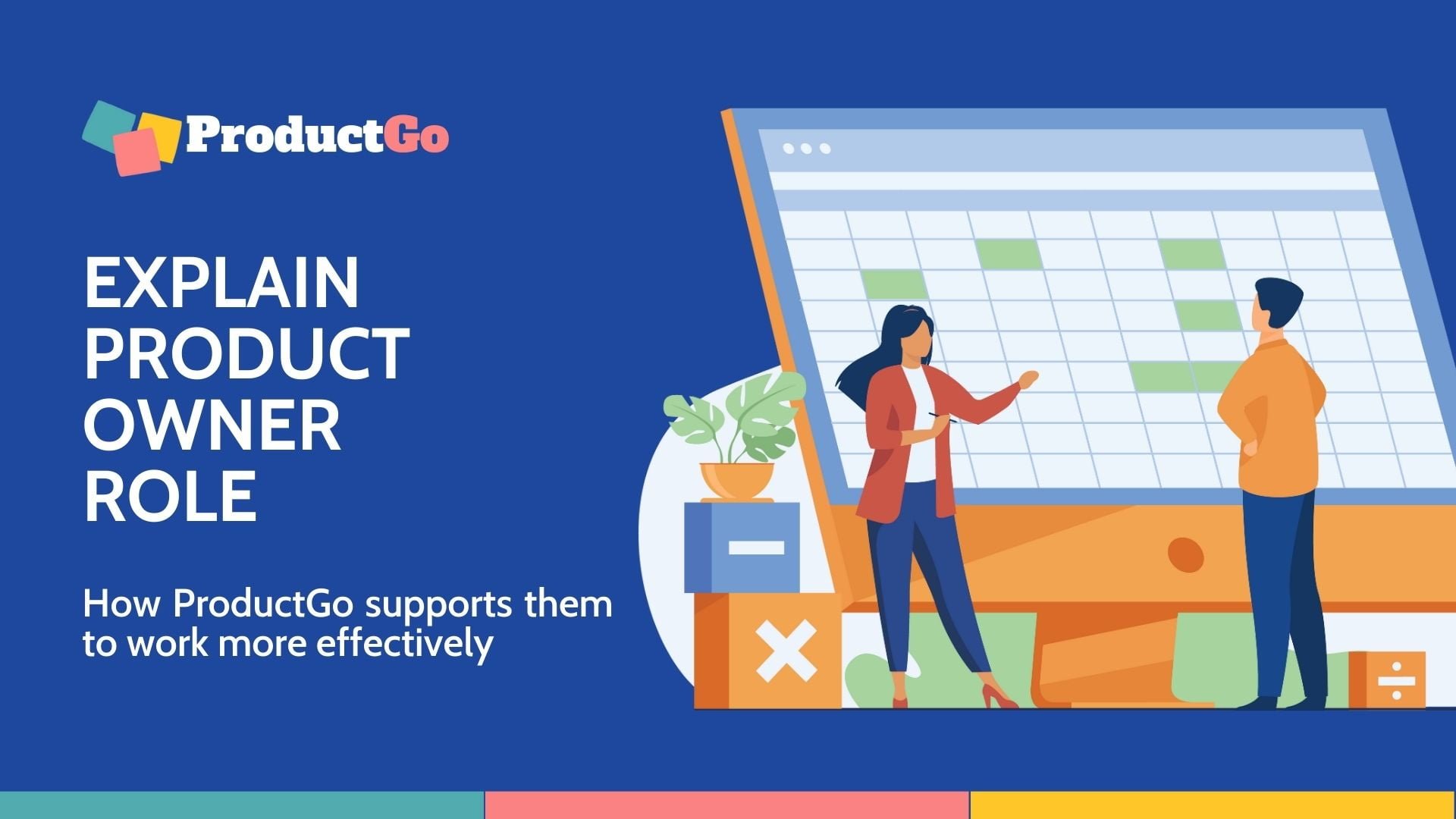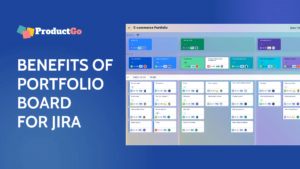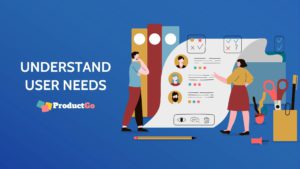What is the Product Owner role?
In Agile project development, many different methodologies can be used to approach software or non-software products. One such methodology is the Scrum framework, allowing for straightforward development, delivery, and management of advanced or complex projects. In this framework, the environment, containing powerful tools and roles for team members, allows for easy collaboration. These roles are the product owner, a scrum master, and the development team members.
The product owner is a crucial role responsible for representing the customer or user and defining the requirements and priorities for the development team. The product owner works closely with the development team to ensure that the product or software application meets the customer or user’s needs and provides value to the business.
That said, the Product Owner is the most flexible position. While these are their primary or core responsibilities, they will need to adjust to suit the needs of the specific business, project, and team and their tasks may change accordingly.
How to be an effective Product Owner?
The product owner is the leader of the project and the team; accordingly, they are responsible for overseeing the project and assuming responsibility for its outcome. Ideally, the effective owner displays the following qualities or skills:
- Expertise: A product owner has substantial knowledge of the topic at hand, whether that is a software or non-software product. Although they should have a solid grasp of their responsibilities, they may only have a light understanding of the different sectors necessary to complete the project.
- Resourceful: Suppose the owner has little knowledge of other departments or sectors that will contribute to product creation or satisfy customers. In that case, leaders need to be able to reach out to appropriate resources to fill gaps in understanding.
- Adaptive: While owners will create a product backlog complete with arranged and prioritized user tasks, they will need to review and reflect continuously and constantly. In this way, they should adapt to feedback and make changes as necessary throughout the project.
- Collaborative: Although story mapping aims to bring people, teams, and organizations together communicatively and collaboratively, product owners need to employ these skills in their leadership roles as well. Listening to feedback from the development team members and appropriately adapting the project will be crucial to success.
- Dedication: Leaders must be able to provide consistent attention to the project. It is not as simple as providing a project vision, motivating a team, and then waiting for the product to be finished and delivered. Since story mapping is about efficiency, so product owners can check in with completed tasks and team members to ensure everything goes smoothly.
Tools all Product Owners should master
To satisfy these activities and tasks, the Product Owner needs to have a wide array of accessible and flexible tools. Along with their unique expertise, they will find immense assistance from Story Mapping and the Team Backlog in clearly defining goals, steps, and prioritizing tasks by the Product Manager’s work.
With ProductGo – Agile User Story Map & Product Roadmap, Product Owners will be able to prioritize customer needs and user stories, set up tasks following the steps to reach the objectives, divide tasks up amongst specific user stories, arrange and prioritize tasks, and manage the Backlog for the development team. Moreover, they can approach the design and organization with collaboration by reassessing after sprints and working with the whole team to develop more precise, robust, or valuable mini-goals and tasks.
How ProductGo’s story map supports them to work more effectively
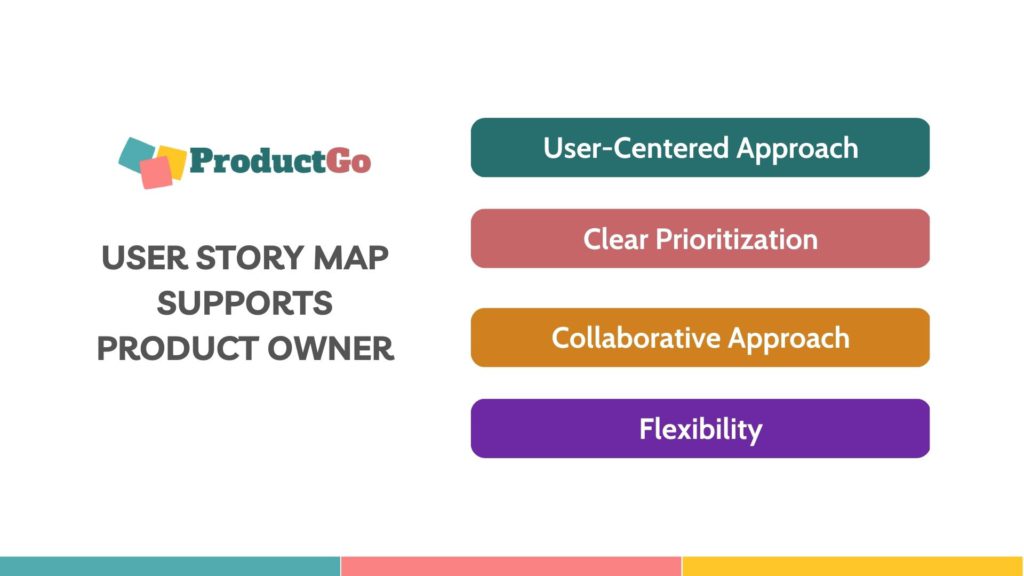
The effective product owner takes their roles and responsibilities seriously, as the leadership and direction will decide the course of the project and the final product. In Agile project development, it is a good idea to invest time and energy into the following key segments using Story Map by ProductGo:
- User-Centered Approach: With story mapping, the product owner can start from the user experience rather than the product archetype. This helps to ensure that the product or software application meets the needs and expectations of the target audience, leading to higher customer satisfaction.
- Clear Prioritization: Story mapping helps the product owner identify and prioritize user stories based on their importance and value. This helps to ensure that the development team is focused on delivering the highest value features and functionality first, leading to a more successful product.
- Collaborative Approach: Story mapping encourages collaboration between the product owner and the development team, leading to a more effective and efficient development process. By working together, the team can identify potential roadblocks and find solutions to overcome them.
- Flexibility: Story mapping allows for changes and adjustments to be made as needed, based on feedback and changing market conditions. This ensures that the product is always meeting the needs of the customers, stakeholders, and the business.
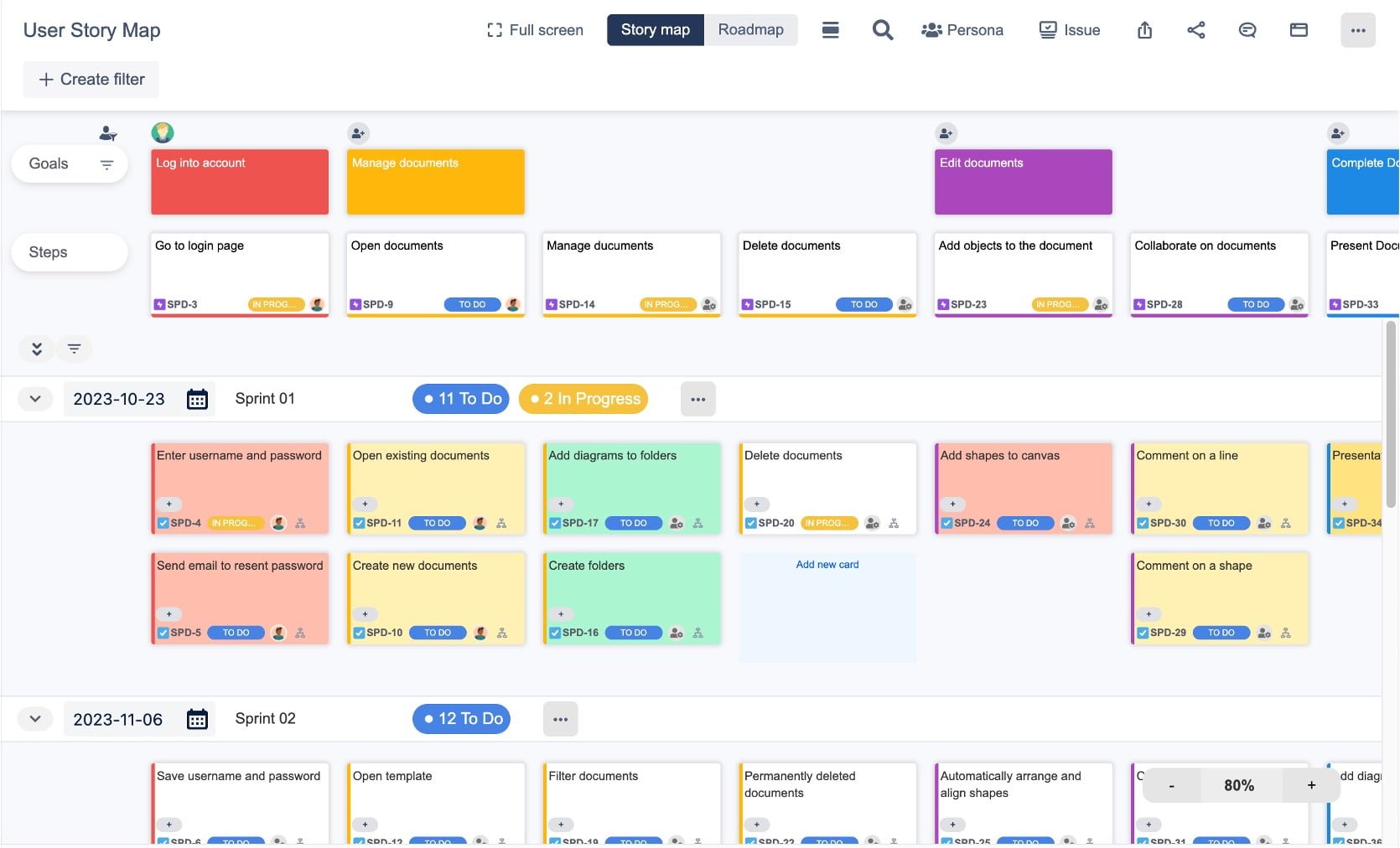
Overall, story mapping provides a clear and user-centered approach to product development, helping the product owner to prioritize features and work collaboratively with the development team. By using story mapping, the product owner can ensure that the product or software application meets the needs of the customers and stakeholders and provides value to the business.
Conclusion
In conclusion, the role of the product owner is crucial in Agile project development, responsible for defining requirements and priorities for the development team. Effective product owners must have the expertise, resourcefulness, adaptability, collaboration skills, and dedication. To support their tasks, product owners need accessible and flexible tools like Story Mapping and Team Backlog. ProductGo’s Agile User Story Map & Product Roadmap is an excellent tool that enables product owners to prioritize customer needs, clear prioritization, collaborate with the development team, and have flexibility. Overall, by using story mapping, product owners can ensure the product meets the needs of customers and stakeholders while providing value to the business.
Take a quick recap by watching this video:

